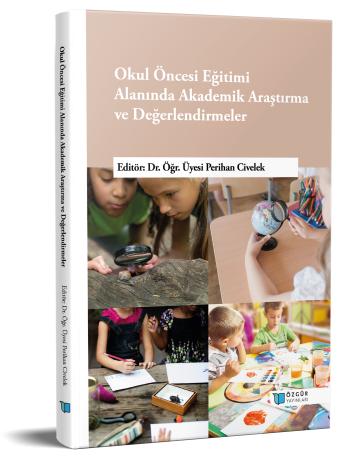
Active Plays in Preschool Education and Its Impact on Children’s Development
Chapter from the book:
Civelek,
P.
(ed.)
2025.
Academic Research and Evaluations in the Field of Preschool Education.
Synopsis
It is well known that the preschool period is one of the most critical and important stages of a child's development. It should not be overlooked that the positive or negative experiences of children during the preschool years, which are considered to be between the ages of 0 and 6, can affect their adult years. One of the most basic needs of preschool children is to explore and make sense of the world in which they live. In this process, children continue the discovery process by adding movement skills to the process of exploring their immediate environment, which they begin with their senses. Movement is as vital as nutrition and shelter and is an integral part of children's lives from infancy. Preschool period, which is one of the most critical years of development, is considered as the golden age for the development of movement skills. Plays, on the other hand, are basic learning tools that enable children to move, thus allowing them to learn by satisfying their sense of curiosity. Play is as much a part of this development as nutrition, love, shelter and care for the child to complete his/her healthy development and growth. In this context, active plays appear in bringing together play and movement, which are inseparable parts of life for children. In the broadest sense, active play is defined as activities that require movement. In the process of active play, children make use of their cognitive structures to learn in a variety of ways. These plays ensure the development of children's attention skills, support their sense of curiosity and help them to learn about the world. Many mental processes are involved, such as thinking, understanding, perceiving and analysing. Active play supports the development of pro-social behaviour, the development of friendships and the development of social-emotional skills such as cooperation, helping, sharing, self-expression, communication and understanding the feelings of others. In addition, these plays support the development of body composition and muscle strength, agility, speed, responsiveness, the development of flexibility and the development of joint mobility. Active play activities in the preschool years lead to physical activity or sports activities in later years. It is important to reduce sedentary behaviour by providing children with play opportunities and playgrounds where they can move around.

